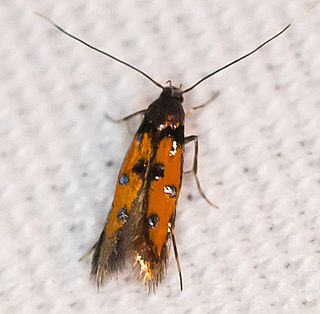
In mathematics, convolution is a mathematical operation on two functions that produces a third function. The term convolution refers to both the result function and to the process of computing it. It is defined as the integral of the product of the two functions after one is reflected about the y-axis and shifted. The integral is evaluated for all values of shift, producing the convolution function. The choice of which function is reflected and shifted before the integral does not change the integral result. Graphically, it expresses how the 'shape' of one function is modified by the other.
This gallery of sovereign state flags shows the national or state flags of sovereign states that appear on the list of sovereign states. For flags of other entities, please see gallery of flags of dependent territories. Each flag is depicted as if the flagpole is positioned on the left of the flag, except for those of Iran, Iraq and Saudi Arabia which are depicted with the hoist to the right.

The Agonoxeninae are a subfamily of moths.

Chrysoclista linneella, is a moth of the family Agonoxenidae found in Europe and North America.
Chrysoclista is a genus of moths of the family Agonoxenidae described by Henry Tibbats Stainton in 1854.

Chrysoclysta grandis is a species of moth of the family Agonoxenidae. It is found in the western United States, in the mountains of California and Colorado.
Chrysoclista cambiella is a species of moth of the family Agonoxenidae. It is found in the United States and Canada.
Chrysoclista villella is a species of moth of the family Agonoxenidae. It is found in the United States (Washington) and Canada.

Chrysoclista lathamella is a species of moth of the family Agonoxenidae described by Thomas Bainbrigge Fletcher in 1936. It is found in northern Europe.
Chrysoclista splendida is a species of moth of the family Agonoxenidae. It is found in Portugal, France, Germany, Poland, Slovakia, the Czech Republic, Austria, Hungary, Romania, Bulgaria and North Macedonia. There are also records from Sweden.
Chrysoclista zagulajevi is a species of moth of the family Agonoxenidae. It is found in Georgia and Adjara (Transcaucasia).
Chrysoclista abchasica is a species of moth of the family Agonoxenidae. It is found in the Czech Republic, Georgia and Abkhazia (Transcaucasia).
Opogona bicolorella is a moth of the family Tineidae. It was described by Shōnen Matsumura in 1931. It is found in Japan and Taiwan.
Chrysoclista basiflavella is a moth of the family Agonoxenidae. It was described by Shōnen Matsumura in 1931. It is found in Japan.
Pancalia hexachrysa is a moth of the family Cosmopterigidae. It was described by Edward Meyrick in 1935. It is found in Japan and Russia.
Chrysoclista hygrophilella is a moth of the family Agonoxenidae. It was described by Pierre Viette in 1957. It is found on Réunion.
Chrysoclista monotyla is a moth of the family Agonoxenidae. It was described by Edward Meyrick in 1921. It is found in Australia (Queensland).
Chrysoclista trilychna is a moth of the family Agonoxenidae. It was described by Edward Meyrick in 1928. It is found in India (Madras).

Parametriotinae is a subfamily of moths in the family Elachistidae.





